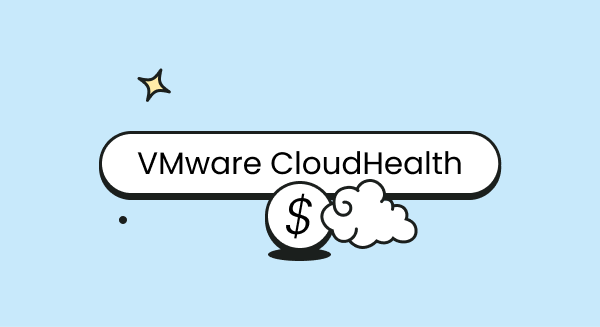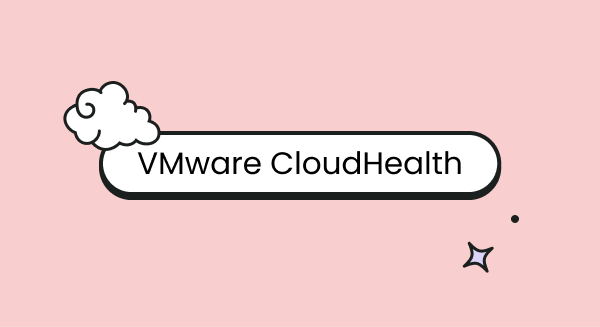
Scalability and agility are vital enablers of modern business, and cloud technologies empower both. Recognizing that no two workloads are the same, many enterprises are now running multiple public and private clouds, with 81% expecting to be multi-cloud by 2024. The multi-cloud approach is fast becoming the new standard for innovation and productivity, but without the right strategy, it comes at a significant cost.
Cloud Complexity
More clouds mean more complexity, which, in turn, potentially means less control over budgets. Unlike in-house data centers and server rooms, the cloud is practically unlimited. While this provides the scalability and agility that today’s businesses require, it also means that accounts and other assets can swell to the point that costs end up running out of control.
For enterprises that offer SaaS products, it is a massive challenge to determine exactly how much value each customer brings to the business, especially if certain components of the cloud architecture serve multiple customers. Furthermore, cloud spend on a customer may include wasted resources, also known as “bad sprawl”. For example, a customer might have more computing power or storage allocated to them than they actually need, i.e., they are overprovisioned. Alternatively, the unnecessary expense may come from a specific feature that’s rarely used or an unnecessarily convoluted transaction.
The Unit of Economics becomes virtually impossible to keep track of and control – unless you have full, granular visibility into your cloud spend. Only with that visibility can you optimize the spend effectively, which is why cloud spend must be considered a first-class KPI for today’s enterprises.
Responsibility Gaps
Business leaders might ask why their cloud spend has increased, but the truth is that this is a complicated question to answer. After all, understanding the services and billing structures of cloud providers requires both technical and business knowledge. Combine this with the prevalent issue of a widespread lack of accountability from DevOps teams with regards to managing cloud spend.
These issues place a gap between DevOps teams and the rest of the enterprise. Closing such gaps is the basic premise of FinOps: wherein everyone takes ownership of their cloud usage under a centralized team. However, it is not a trivial challenge, especially in a multi-cloud environment, to determine precisely who is responsible for what and which cloud resources need to be retired, migrated, or optimized.
Challenges of Multi-Cloud Environments
While there is no denying the value of a multi-cloud approach for maximizing productivity and workflow efficiency, it also comes with inherent challenges.
Difficulty in Identifying ROI
Cloud sprawl is one of the risks of a multi-cloud strategy. Sprawl is a common outcome when cloud environments become complex due to the uncontrolled growth in the number of services, instances, and even individual providers used. Enterprises that fail to effectively monitor and manage their cloud resources inevitably spend more. Worse, the scale of cloud waste then tends to increase year-on-year. Respondents in the Flexera 2022 State of the Cloud Report estimate that 32% of their cloud spend is wasted – up from 30% in the previous year. To make matters worse, it becomes virtually impossible to identify exactly why they’re spending more.
You can’t rely on cloud bills to get a clear picture of your cloud spend either. After all, cloud vendors bill you for the Unit of Economics that matter to them, not your business. For example, AWS bills for EC2 instances per hour of consumption. But, what you need to know is which operations or customers are consuming those resources and whether they are delivering a satisfactory ROI. Add a multi-cloud environment to the challenge of cloud sprawl and the oblique nature of cloud bills, and you magnify the issues significantly. A single transaction, for example, might involve multiple cloud resources in which a given step might be unnecessarily resource-hungry, therefore putting up the cost of your cloud bills. Consider your utility bill as an analogy: a heating bill will tell you how many units of gas a property consumes, but it won’t identify how much of that is wasted on heating an unoccupied room.
Cloud bills only give you a top-level view of how much you’re spending, but they provide little insight into the why. In other words, your bills don’t tell you what you’re wasting. As cloud complexity continues to grow, so too can we expect the amount of wasted spend to increase.
Cloud bills themselves are also complex, often consisting of technical specifications that make little sense to anyone outside of DevOps. This becomes even more complicated when you’re using multiple providers – each with its own way of calculating costs and usage. Financial decision-makers don’t want to know how much it costs to use Amazon S3 for storing your data. They want to know much it costs for each customer, department, or end user, and whether they’re actually using all the storage allocated to them. Only that way can they garner a better picture of their ROI.
This is why financial operations and cloud operations need to be correctly aligned – hence the value of FinOps. Moreover, when a company scales, it is vital to ensure that the cloud resources continue to bring value as they onboard additional customers – which is not something that can be done with most existing cloud spend management tools.
Difficulty in Forecasting
Predicting cloud costs is hard, and it’s getting harder. Predicting cloud costs might seem simple enough for a small startup with a handful of hosted assets. However, this becomes exponentially harder as businesses scale their operations. For example, social media giant Pinterest spent $190 million on AWS’s services in 2018 – around $20 million more than their executives had expected. This illustrates just how unpredictable both resource demand and resultant costs can be. In other words, traffic spikes can generate massive cost increases that may or may not come with a satisfactory ROI. On top of this, vendors regularly increase their prices which, according to the Flexera 2022 Tech Spend Pulse report, is a top challenge for 59% of businesses.
Take Cloud Cost Management to the Next Level with Finout
To regain control over their cloud spend, enterprises need almost real-time visibility into each and every Unit of Economics. From a DevOps perspective, these units might include specific transactions, features, megabytes of storage, or usage hours. However, finance teams need to know how these metrics align with their KPIs, such as cost per customer, cost per feature, and the average number of transactions per customer. FinOps is about aligning the two concerns in order to directly relate cloud spend to the value that each end user brings to the business. And FinOps teams require data, which is where cloud cost management platforms come in.
Cloud providers only offer basic cost-management functionality. They lack the granular data models needed to identify exactly how much is being spent and on what. Tackling the problem requires tagging every component of your cloud environment, ideally by way of an automated solution, to grant each department instant access to the KPIs that matter to them. Multi-cloud companies face the further challenge of working with different providers that rarely collaborate effectively. For example, while companies often run Kubernetes on AWS, Amazon doesn’t monitor it effectively. Cloud cost management platforms, such as Finout’s, overcome this by giving you one mega-bill that details all your cloud costs, regardless of the complexity of your architecture.
Only once they have access to meaningful data, can FinOps teams accurately forecast spends, identify why their bills are increasing, whether they are spending more than necessary, and how they can optimize their spending.
Finout empowers enterprises to monitor, manage, and optimize their cloud spend in just minutes, regardless of the complexity of their environments. Get started today to find out how it works.








